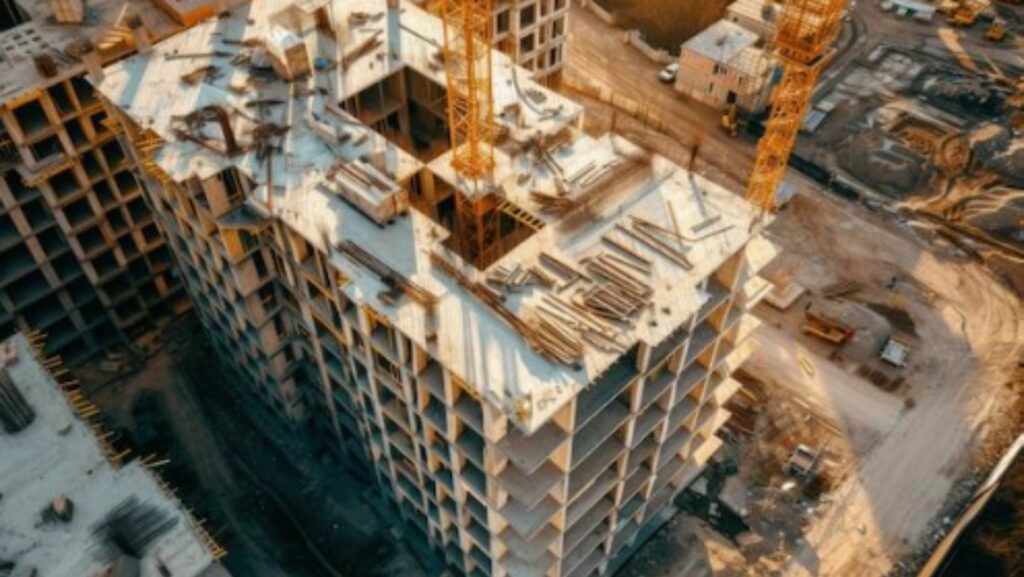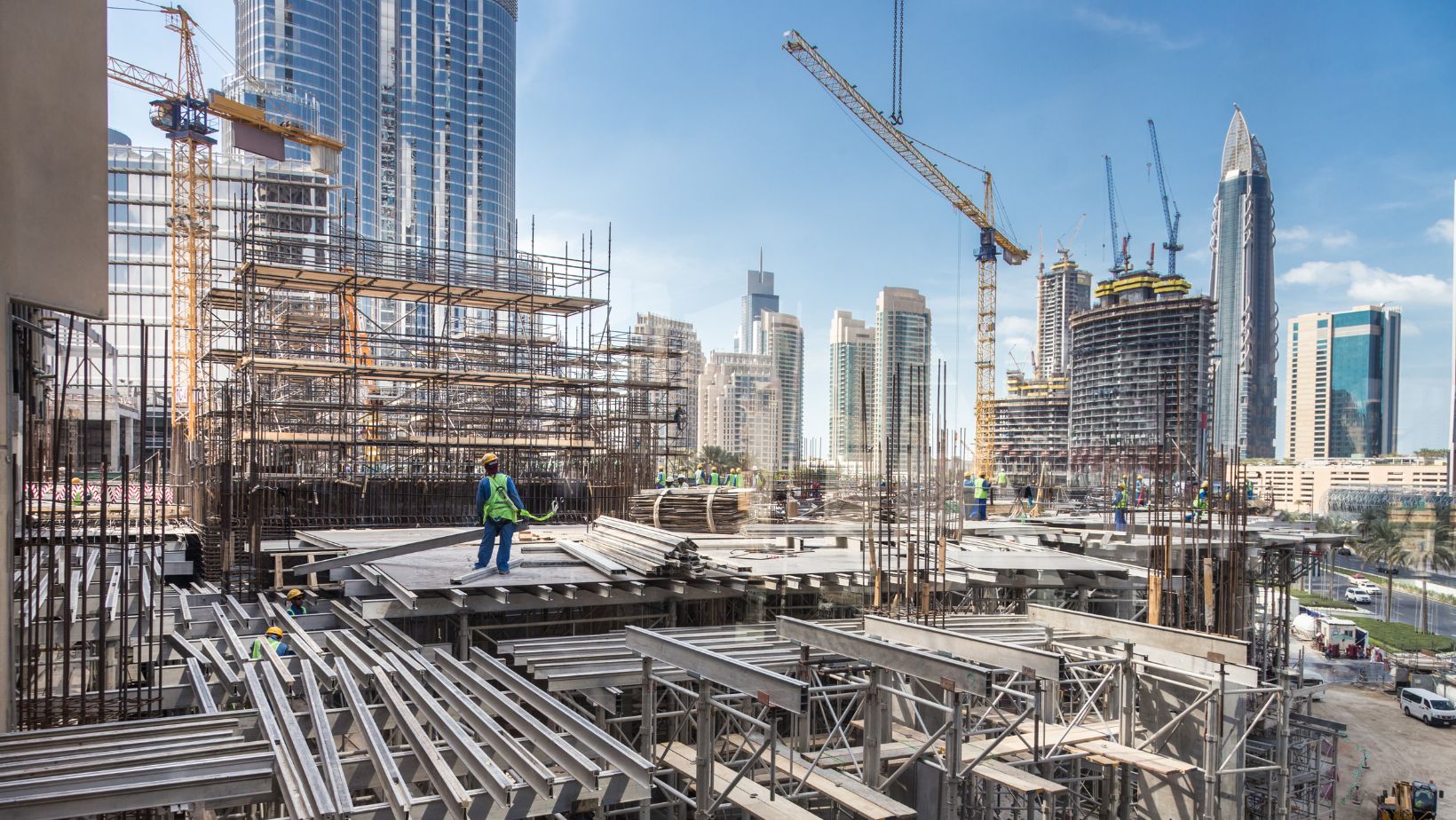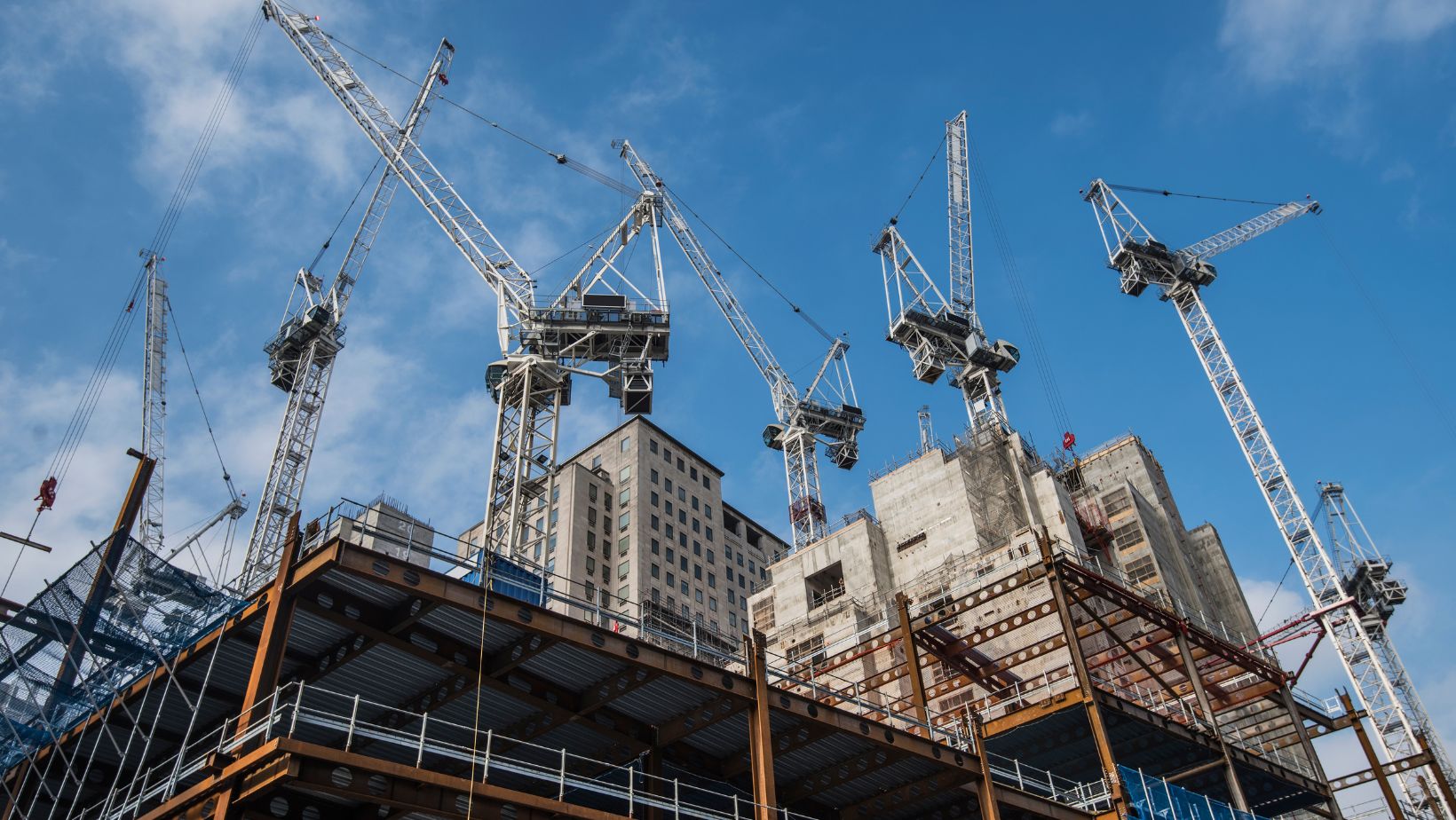Using recyclable and renewable materials during construction projects to reduce energy consumption and damaging waste is considered sustainable construction. The major goal of this effort is to reduce the sector’s environmental impact through sustainable building methods, energy economy policies, and green technology applications. They should also have access to essential heavy equipment, such as reliable skid steer attachments. These attachments are crucial for tasks like digging, grading, and material handling, significantly enhancing the versatility and efficiency of their operations across diverse projects.
The selection of materials determines much in a healthy building. For instance, timber bolts are excellent for the environment and help to make wooden buildings robust and long-lasting. Thus, contacting a timber bolt supply company is crucial since they provide ecologically appropriate solutions for problems. Using non-rusting galvanized and stainless-steel wood nuts can help you save resources and waste by avoiding frequent replacements.
Building firms might implement several environmentally friendly techniques to raise their performance. These are several of them:
1. Green Construction Materials
One of the main aspects of green building is using longer-lasting materials. Conventional building materials are being replaced with recycled steel, which reduces the demand for new raw materials, and bamboo, which grows rapidly and can be used repeatedly.
Reclaimed wood is another often-used alternative. It gives existing building materials a second opportunity and prevents the destruction of trees. These long-lasting, environmentally friendly items look great and demonstrate that going green does not require compromising quality.
2. Eco-Friendly HVAC Systems
Geothermal HVAC systems are a breakthrough approach to managing temperature without environmental damage. These eco-friendly HVAC systems employ the constant temperature of the earth below the surface; hence, they are a dependable source of heating and cooling for buildings without depending on fossil fuels.
The installation moves water around via underground lines while the ground temperature remains constant. The temperature of the water controls the temperature within the building. Using a lot less energy, this technology provides a green, clean approach to maintaining pleasant indoor temperatures all year.
3. Integration with Solar Power
Using solar power in contemporary buildings changes the landscape of energy generation. Installed on rooftops or included in architectural plans, solar panels gather sunlight and turn it into electricity, providing the building with sustainable, clean energy.
Along with lowering electricity bills, this lessens reliance on non-renewable energy sources. Integrating solar electricity is a concrete step towards self-sustaining constructions that help create a cleaner grid.
4. Energy-Effective Construction
Another main trend influencing the trajectory of construction is energy-efficient architecture. To lower a building’s energy consumption, builders and architects are concentrating more and more on designs that maximize the use of renewable energy sources such as solar and wind.
This method designs natural ventilation systems that reduce the need for air conditioning and strategically places windows to maximize natural light, lowering the need for artificial illumination. Such designs improve building inhabitants’ comfort and health and cut energy expenditures.
5. Living Walls and Green Roofs
Living walls and green roofs bring life into metropolitan environments by turning rooftops and building facades into rich, lush areas. Living walls improve air quality and boost biodiversity; green roofs offer great insulation, lowering the demand for air conditioners in summer and heaters in winter.
These projects improve the visual attractiveness of buildings and help to reduce the urban heat island effect, therefore fostering cooler metropolitan settings.
6. Water Harvesting Systems
Rainwater collection systems are fast becoming a mainstay of sustainable buildings. Collected rainwater is used for flushing toilets, irrigation, and various other non-potable uses, helping to greatly save fresh water supplies.
These systems are especially helpful in places experiencing water shortages, as they provide a workable way to lower water usage and properly control stormwater runoff.




More Stories
Beyond the TFSA and RRSP: Non-Registered Investment Accounts in Canada
From Wet to Wow: How Basement Waterproofing Unlocks Hidden Home Potential
From Functional to Fabulous: How a Bathroom Renovation Enhances Your Daily Routine